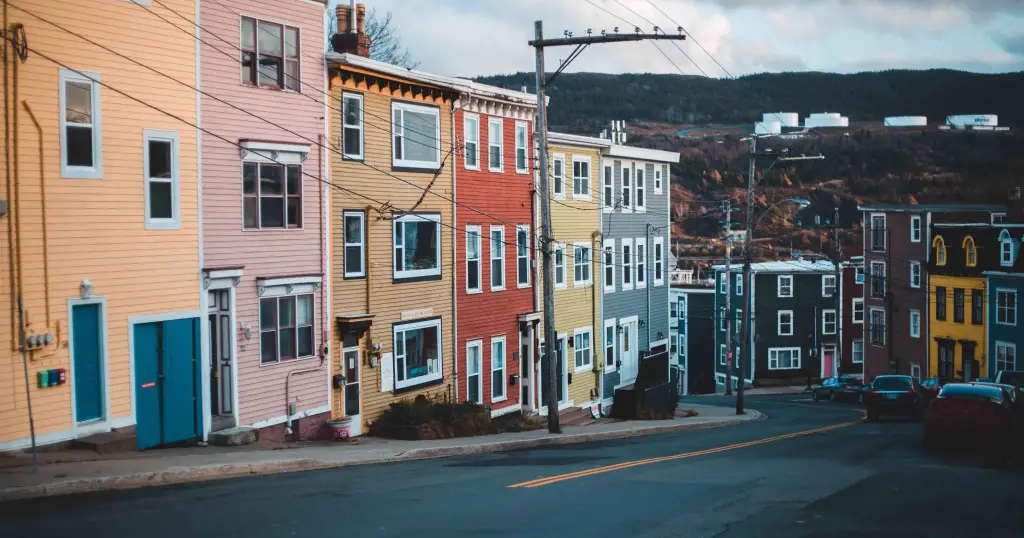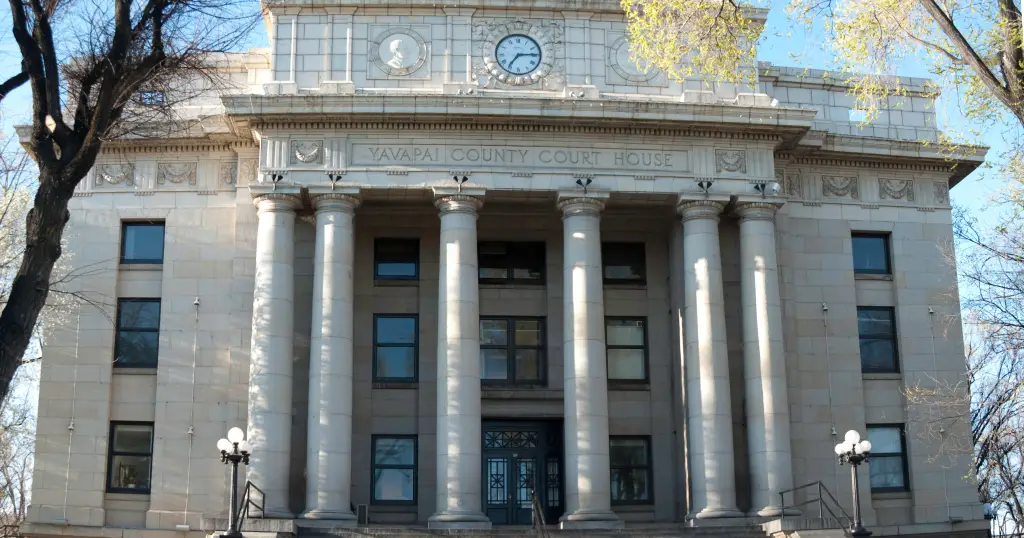In the heart of Arizona, Prescott stands as a beacon of historical preservation, with its array of historic homes each telling a story of a bygone era. These homes, while beautiful and rich in history, present a unique set of renovation challenges.
Balancing modern living requirements with the need to preserve historical integrity is a complex task that requires careful planning, an understanding of legal frameworks, and a deep appreciation for architectural heritage.

This comprehensive guide explores the multifaceted challenges and provides practical solutions for those embarking on the journey of renovating Prescott’s historic homes.
Historical Context and Importance
Prescott’s historic homes are not just structures; they are living memories of the past, each with a distinct architectural and cultural significance.
The homes, ranging from Victorian to Craftsman styles, represent various periods, showcasing a rich diversity in design and craftsmanship. These architectural gems serve as a window to Prescott’s past, offering insight into the city’s historical evolution.
Understanding the importance of these homes is crucial. They are more than mere buildings; they are embodiments of Prescott’s cultural and historical identity.
Preserving these homes is not just about maintaining the physical structures but about keeping the city’s story alive for future generations. It involves a commitment to honoring the past while skillfully integrating the needs of the present.
Legal and Regulatory Framework
Navigating the legal and regulatory landscape is a critical first step in the renovation process. Prescott’s historic homes are often subject to specific preservation laws and guidelines that aim to protect their historical integrity.
Homeowners must acquaint themselves with local regulations, including the Prescott Historic Preservation Office’s guidelines, which dictate permissible modifications and restoration efforts.
Understanding zoning restrictions and permit requirements is equally important. These regulations can significantly influence renovation plans, ensuring that any changes are in line with both historical preservation and modern safety standards.
Additionally, federal guidelines, particularly those outlined in the National Historic Preservation Act (NHPA), play a significant role in shaping renovation practices for historic homes.
Planning and Design Considerations
When planning renovations for historic homes, balancing modern needs with historical authenticity is a delicate task. It requires a thoughtful approach to design, ensuring that new additions or modifications do not detract from the home’s historical character.
This involves choosing appropriate materials, styles, and construction methods that align with the home’s original era.
Selecting the right professionals is crucial in this process. Architects and designers specializing in historic renovations bring a wealth of knowledge and experience in blending contemporary functionality with historical accuracy. They can provide invaluable guidance on how to make a historic home livable for modern standards while respecting its historical significance.
Additionally, incorporating energy-efficient features in a way that does not compromise the home’s aesthetic is another key consideration. This not only helps in reducing the environmental impact but also in maintaining the architectural integrity of the home.
Structural Challenges
Addressing the structural challenges of historic homes in Prescott is often the most demanding part of the renovation process. Aging foundations and structures require careful evaluation and restoration to ensure the building’s safety and durability.
This often involves specialized techniques and materials to preserve the original structure while making it stable and secure for modern use.
Dealing with hazardous materials, such as lead and asbestos, commonly found in older homes, is another significant challenge. These materials must be handled and removed with utmost care and by professionals to ensure safety.
Furthermore, given Prescott’s geographical location, retrofitting homes for earthquake and weather resilience is essential. This involves reinforcing the structure in a way that is sympathetic to the original design and construction methods.
Aesthetic Preservation and Restoration
The aesthetic restoration of historic homes is about more than just appearances; it’s about preserving a piece of history. This involves meticulous attention to restoring original features such as woodwork, windows, and doors.
These elements are often what give historic homes their unique character and charm, and preserving them requires skilled craftsmanship and a deep understanding of historical styles and materials.
The choice of colors and materials plays a pivotal role in maintaining the historical accuracy of the home. It involves researching period-appropriate options and often consulting with historical experts to ensure that the selections are in keeping with the home’s era and style.
Similarly, landscaping should be approached with the same level of care, ensuring that it complements the architectural style and enhances the property’s overall historical value.
Interior Upgrades and Modifications
Renovating the interiors of historic homes involves a careful blend of modern functionality and historical sensitivity. Kitchens and bathrooms, in particular, require thoughtful upgrades that respect the home’s original design while providing contemporary comfort and convenience.
This often involves selecting fixtures, fittings, and finishes that harmonize with the home’s historical character.
Integrating modern technology into historic interiors presents its own set of challenges. The goal is to enhance the livability of the home without detracting from its historical essence.
This might involve hidden or discreetly integrated systems that provide modern conveniences while maintaining the home’s historical charm. Carefully planned and executed, these upgrades can significantly enhance the functionality of historic homes without compromising their integrity.
Space utilization and interior design in historic homes also demand a nuanced approach. Many historic homes were designed with different spatial needs in mind, and adapting them to modern living can be challenging.
The key is to find creative solutions that maximize space and functionality while respecting the original layout and architectural features.
Financial Aspects and Incentives
The financial aspect of renovating historic homes can be daunting. It’s important to conduct a thorough cost analysis to understand the financial implications of such a project.
Renovating historic homes often involves unexpected expenses due to the complexity of the work required. However, balancing the budget with the need to maintain authenticity is crucial for a successful renovation.
There are financial incentives available for those who undertake the renovation of historic properties. Grants and tax incentives can provide significant financial relief and encourage preservation efforts. Homeowners should research and take advantage of these opportunities.

Information about such incentives can often be found through local historic preservation societies or government websites.
Community and Cultural Impact
Renovating a historic home is not just a personal project; it has implications for the wider community and cultural landscape of Prescott. Engaging with the local community and neighbors can provide valuable insights and support. It also ensures that the renovation project is in harmony with the community’s values and contributes positively to the neighborhood’s character.
The role of historic homes in Prescott’s cultural landscape cannot be overstated. They serve as physical reminders of the city’s past, contributing to its unique identity and charm. Case studies of successful renovation projects can serve as inspiration and guidance for those undertaking similar projects.
They highlight the potential of these homes to be both preserved pieces of history and functional modern dwellings.
Overcoming Common Roadblocks
Renovating historic homes often involves navigating a series of roadblocks. Finding skilled craftsmen who specialize in traditional construction techniques and sourcing authentic materials can be challenging but is essential for preserving the home’s historical accuracy.
Managing delays and unforeseen challenges is another common aspect of historic home renovations. It requires patience, flexibility, and a willingness to adapt plans as needed. Additionally, addressing common misconceptions about the complexity and cost of renovating historic homes is important in setting realistic expectations.
Future Trends and Innovations
As we look to the future, emerging technologies and innovative approaches are shaping the field of historic renovation. These advancements offer new possibilities for preserving historic homes while meeting modern standards of efficiency and comfort.
The future of historic homes in Prescott and elsewhere is a balance of preserving the past while embracing the future. It involves utilizing new technologies and approaches to ensure that these homes continue to be relevant and livable for future generations.

Preserving these homes is not just about maintaining buildings; it’s about keeping the stories and history they embody alive.
FAQs: Renovation Challenges in Prescott’s Historic Homes
What makes a home in Prescott ‘historic’?
A home in Prescott is considered historic if it is a certain age (usually over 50 years), possesses historical significance, and maintains architectural integrity.
How do renovation costs for historic homes compare to regular homes?
Renovation costs for historic homes are often higher due to specialized materials, craftsmanship, and compliance with preservation standards.
Can historic homes be made energy-efficient?
Yes, with careful planning and the use of appropriate technology, historic homes can be upgraded to be more energy-efficient while maintaining their historical character.
What are the common pitfalls in renovating a historic home?
Common pitfalls include underestimating costs, failing to comply with preservation laws, and using inappropriate materials or designs that detract from the home’s historic integrity.
Conclusion
Renovating historic homes in Prescott presents a unique set of challenges, but with careful planning, understanding of legal frameworks, and a deep appreciation for historical architecture, these challenges can be successfully navigated.
The process of bringing these historic homes into the modern era, while preserving their historical essence, is not only a testament to the city’s rich heritage but also a commitment to preserving its cultural identity for future generations.
The journey, though complex, is a rewarding one, offering the opportunity to live in a piece of history while contributing to the preservation of Prescott’s architectural legacy.



Leave a Comment
You must be logged in to post a comment.